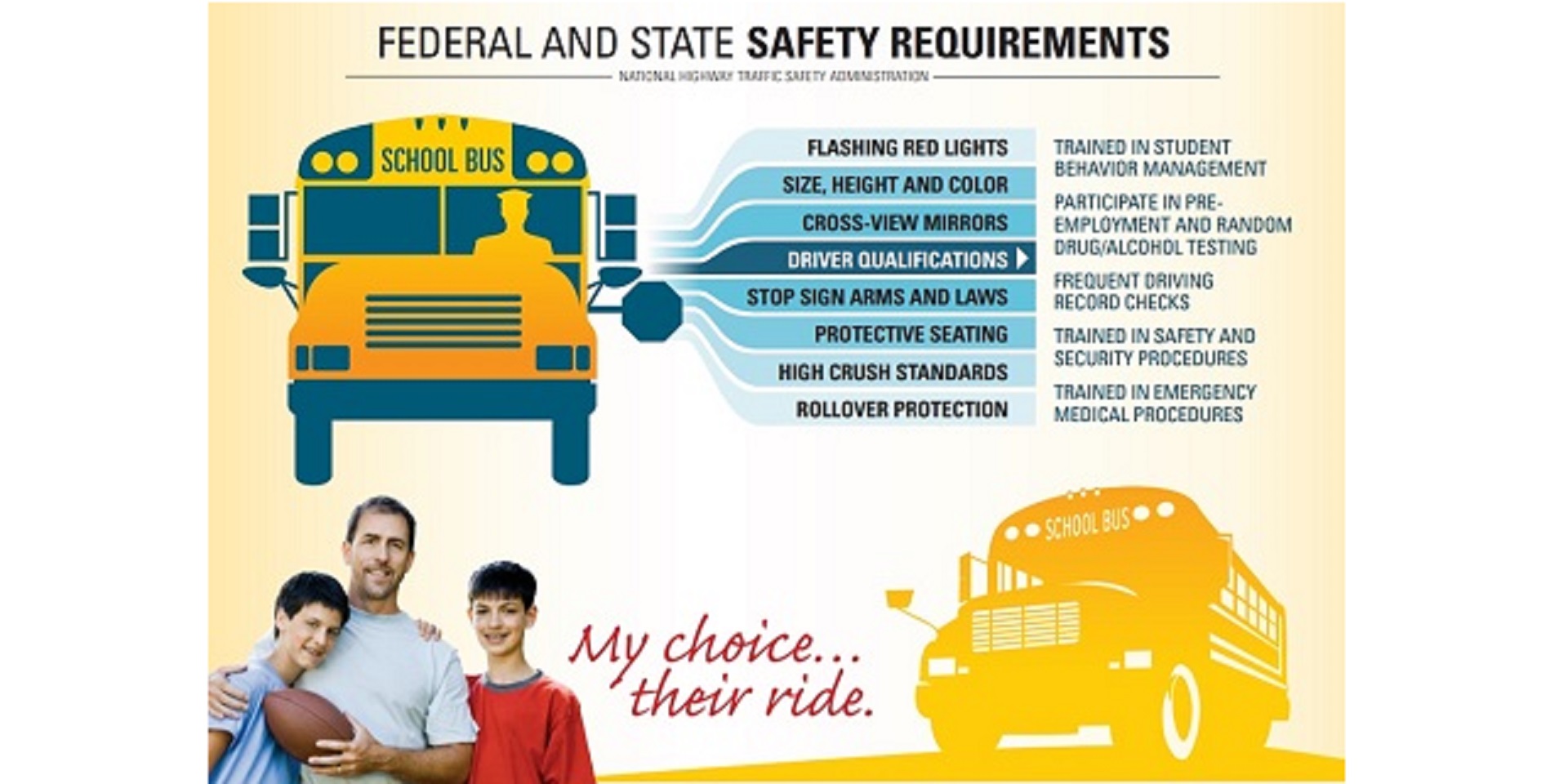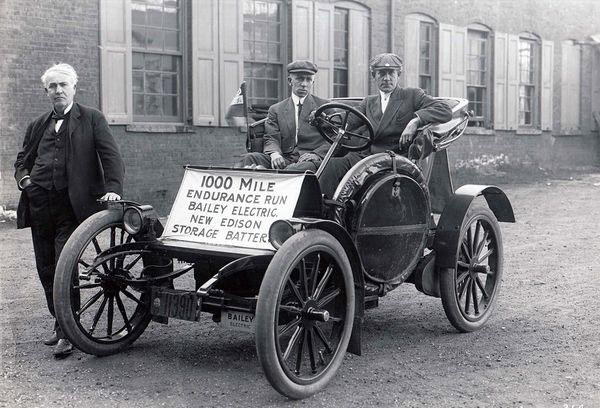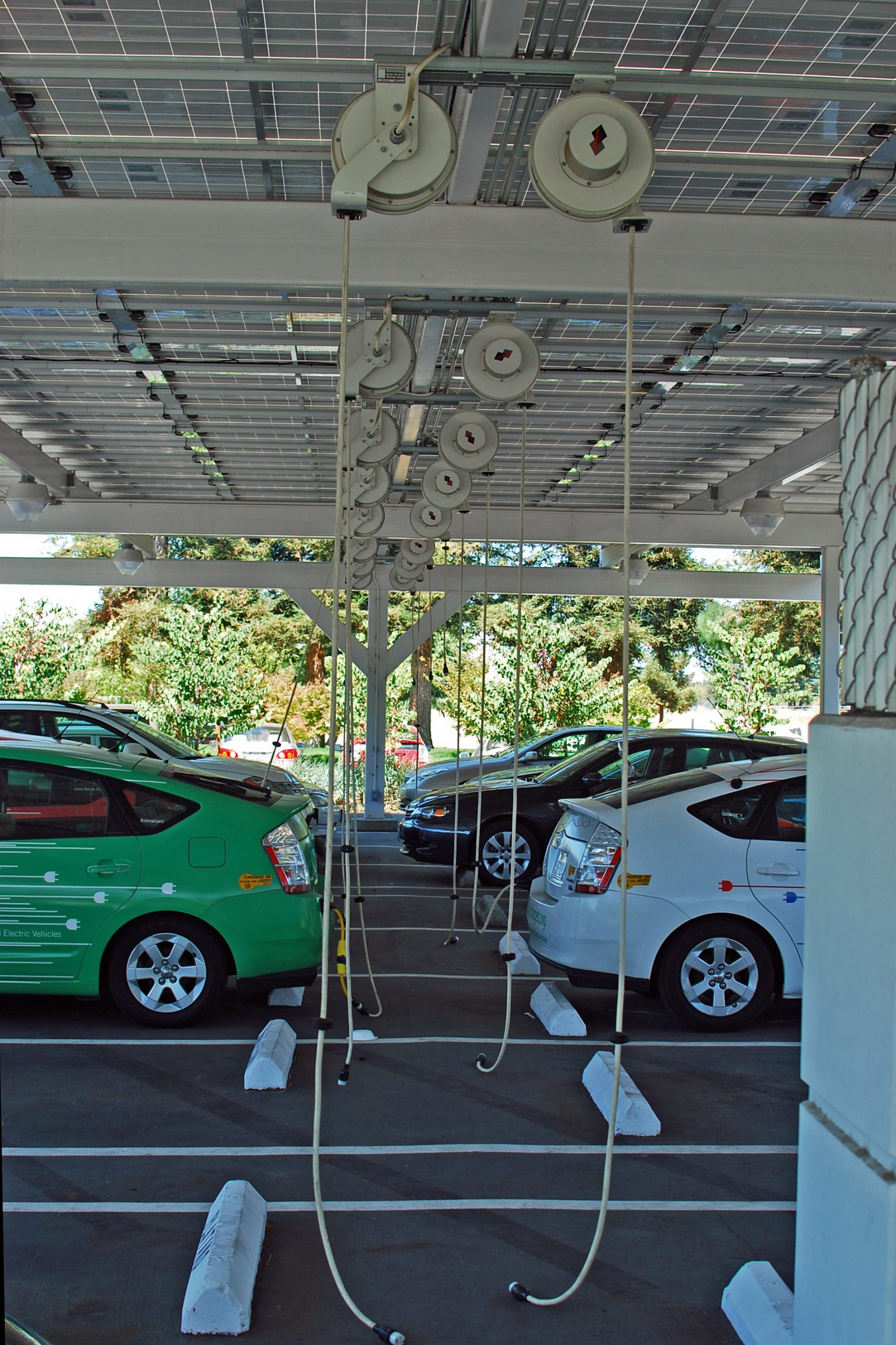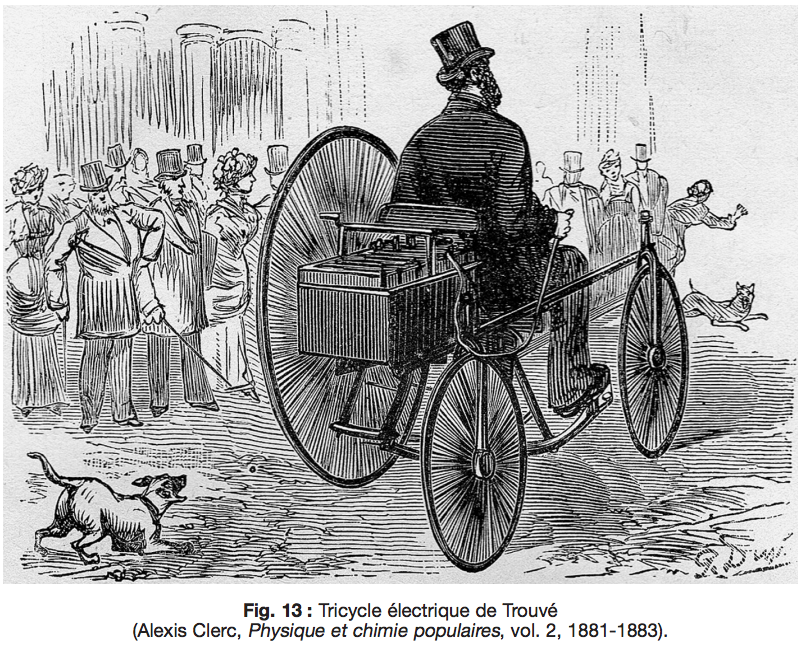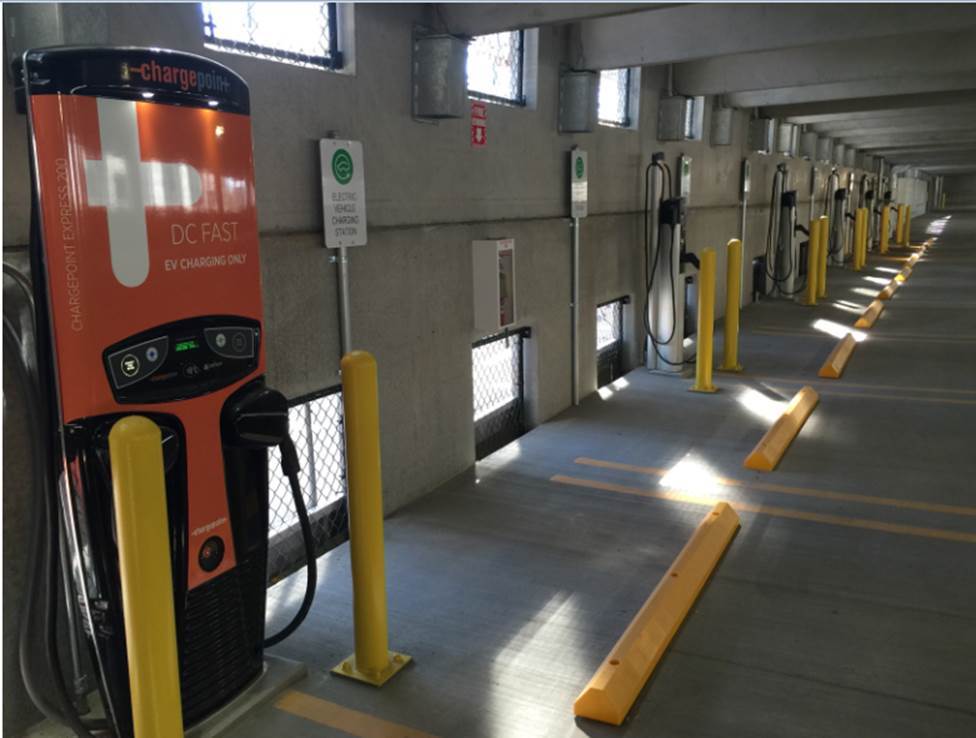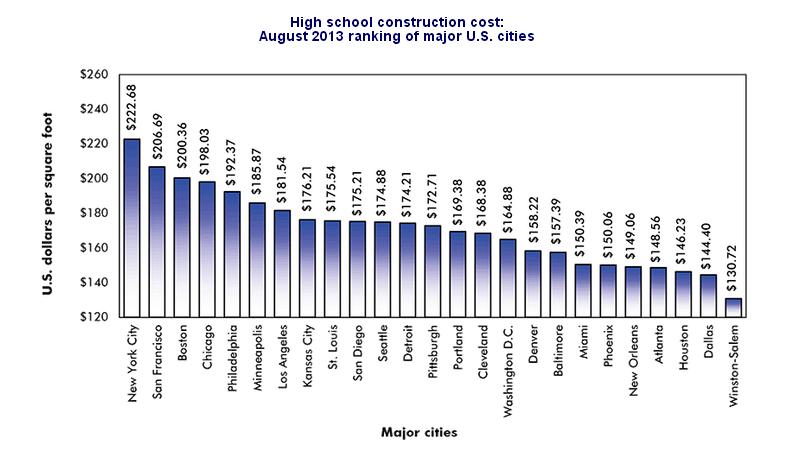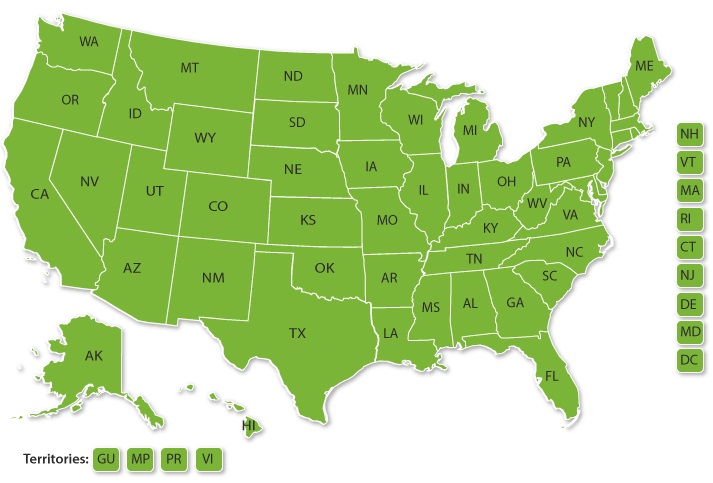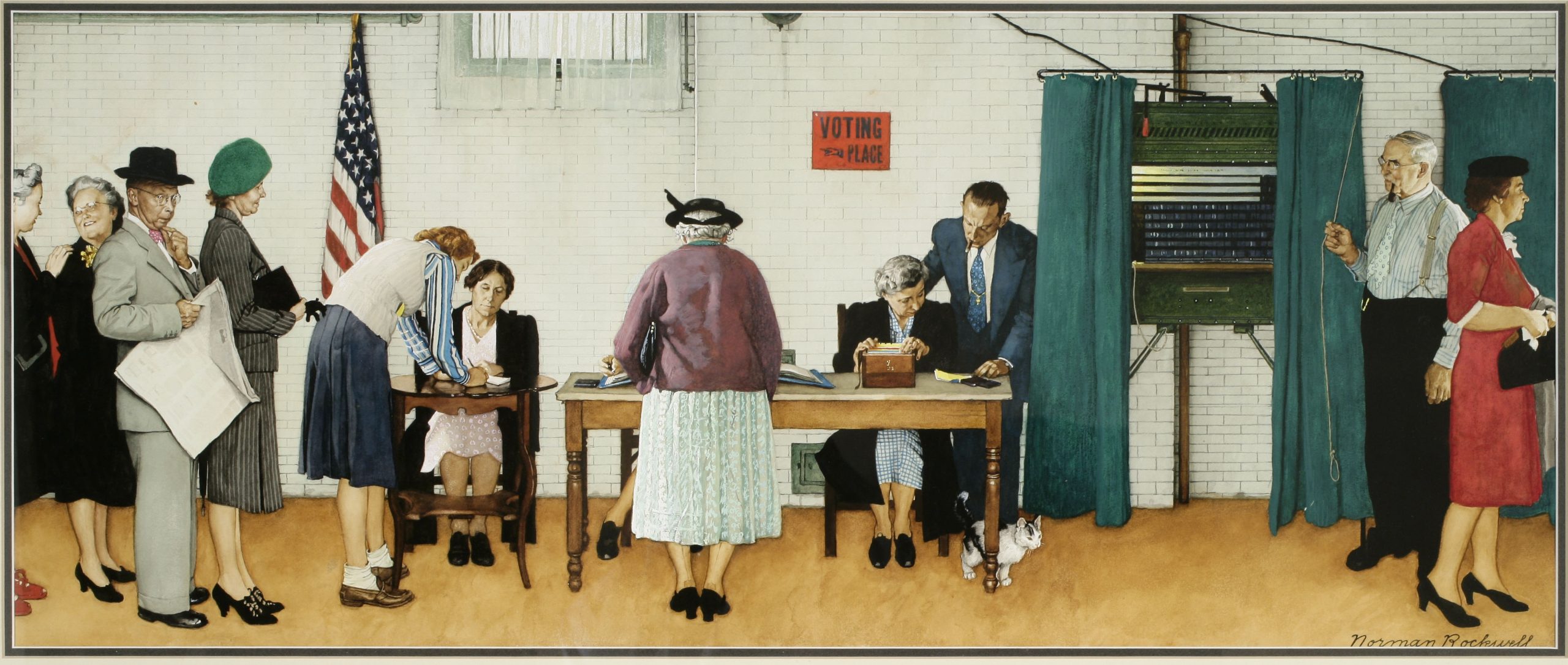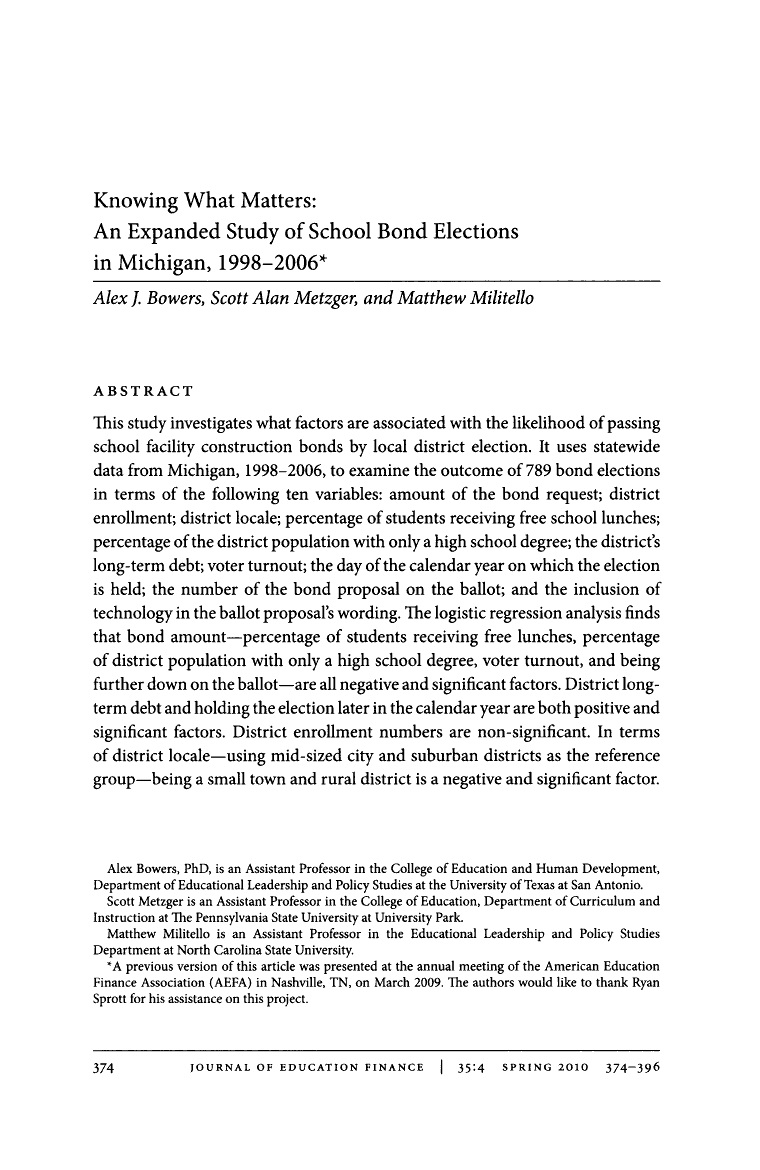Statement on the Electric Vehicle Zietgeist
University of Michigan Campus Transportation Master Plan
The Invention of the Wheel – The Journey to Civilization
Today we amble through the literature providing policy templates informing school district, college and university-affiliated transportation and parking facilities and systems. Starting 2024 we will break up our coverage thus:
Mobility 100 (Survey of both ground and air transportation instructional and research facilities)
Mobility 200 (Ground Transportation)
Police officer asks little girl for driver’s license.pic.twitter.com/8gVBiJNZiV
— The Figen (@TheFigen_) February 6, 2025
Mobility 300 (Air Transportation)
Mobility 400 (Reserved for zoning, parking space allocation and enforcement, and issues related to one of the most troublesome conditions in educational settlements)
Today’s session will be the last when we cover both land and air transportation codes, standards, guidelines and the regulations that depend upon all them. We will break out space and aerospace mobility into a separate session — largely because many universities are tooling up square footage and facilities in anticipation of research grants.
Public consultation originates from the following organizations:
International Electrotechnical Commission
International Organization for Standardization
Intelligent Transport Systems
Road Vehicles
Institute of Electrical and Electronic Engineers
Intelligent Transportation Systems Society
Society of Automotive Engineers (SAE International)
Like many SDO’s the SAE makes it very easy to purchase a standard but makes it very difficulty to find a draft standard open for public review. It is not an open process; one must apply to comment on a draft standard. Moreover, its programmers persist in playing “keep away” with landing pages.
Technical Standards for Road Vehicles and Intelligent Vehicle Systems
International Code Council
National Fire Protection Association
Association of Transportation Safety Information Professionals
International Light Transportation Vehicle Association
Non-Emergency Medical Transportation Accreditation Commission
Noteworthy:
The public school bus system in the United States is the largest public transit system in the United States. According to the American School Bus Council, approximately 25 million students in the United States ride school buses to and from school each day, which is more than twice the number of passengers that use all other forms of public transportation combined.
The school bus system is considered a public transit system because it is operated by public schools and school districts, and provides a form of transportation that is funded by taxpayers and available to the general public. The school bus system also plays a critical role in ensuring that students have access to education, particularly in rural and low-income areas where transportation options may be limited.
Something is always happening in this domain:
A Quiet Rollout: Electric Scooters on Campus
Notre Dame Police Department shares gameday parking restrictions, tips
Electric School Bus Market Size, Industry Share, Analysis, Report and Forecast 2022-2027
Non profit associations proliferate:
American School Bus Council
American Bus Association
Campus Parking and Transportation Association
National Association for Pupil Transportation
National Association of State Directors of Pupil Transportation Services
National School Transportation Association
School Bus Manufacturers Association
…and 50-state spinoffs of the foregoing. (See our ABOUT for further discussion of education industry non-profit associations)
There are several ad hoc consortia in this domain also; which include plug-in hybrid electric vehicles. Charging specifications are at least temporarily “stable”; though who should pay for the charging infrastructure in the long run is a debate we have tracked for several revision cycles in building and fire codes.
Because incumbents are leading the electromobility transformation, and incumbents have deep pockets for market-making despite the “jankiness” of the US power grid, we can track some (not all) legislation action, and prospective public comment opportunities. For example:
Keep in mind that even though proposed legislation is sun-setted in a previous (116th) Congress, the concepts may be carried forward into the following Congress (117th).
Public consultations on mobility technologies relevant to the education facility industry are also covered by the IEEE Education & Healthcare Facilities Committee which meets 4 times monthly in European and American time zones.
This topic is growing rapidly and it may well be that we will have to break it up into more manageable pieces. For the moment, today’s colloquium is open to everyone. Use the login credentials at the upper right of our home page.




